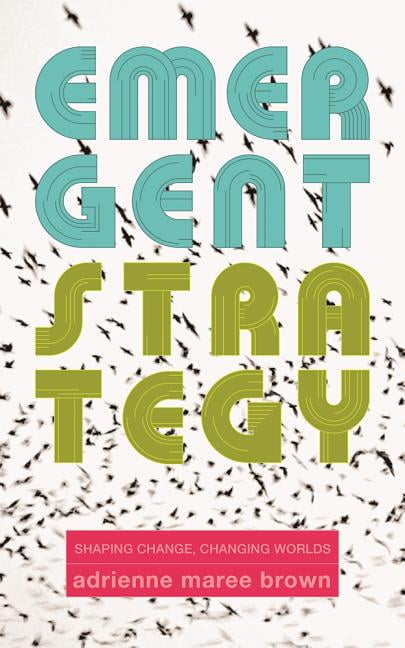

We appoint a task force, who gets input from the congregation, and the task force comes up with a proposal. When we want to make a change in our congregations (such as creating "beloved community") we often look to big-picture solutions, such as adopting a congregational covenant. Perhaps my understand will be helpful for other linear thinkers. I've spent some time meditating about them, and even made index cards for each one as a visualization aid for myself (see photo). The patterns in brown's book give leaders an understanding about how to be strategic during this time of great upheaval. (I learned about patterns in a Permaculture Design Course I took a few years ago.) City Planners use The Death and LIfe of Great American Cities by Jane Jacobs to help understand what makes neighborhoods attractive and safe. Architects use A Pattern Language by Christopher Alexander (et al) to understand how to design human-friendly buildings. Patterns can also be used to understand the human experience. spirals, waves, branches), we notice that similar patterns can evolve in animal, mineral or vegetable. When we study the patterns that appear in nature (e.g. Thinking in terms of patterns can expand our understanding. These are not "principles" like the UUA's seven principles, but more like patterns that can be used to understand and approach today's challenges.

In the book, brown proposes nine principles to help guide emergent thinking.


 0 kommentar(er)
0 kommentar(er)
